When we think or talk about the circular economy, the first thing that comes to our minds is a series of concepts, practices, and terms of various interrelated dimensions, such as sustainability and sustainable development goals, their impact on the environment, the business industry, and the societies, a journey towards a resilient planet to name a few. And though all these imply natural and technical resources, no one speaks about labor, the human capital.
Human capital refers to the skills, knowledge, experience, educational background, and other qualifications and abilities that an individual and/or a worker possesses. Nowadays, the key priority of all human resources strategies is to identify career development opportunities, ensure compliance with applicable regulations, rules, policies, and procedures, to develop, and implement (where and if needed) new policies according to the Business’s needs and to provide afterward the framework within which an organization operates. To look after the well-being of the personnel and to improve the workplace culture in general, including recruiting, hiring, onboarding, training, and dismissing employees.
Human resource management (HRM) is a key strategic and integrated part of the whole studying process since it is based by definition on the investment of the workforce’s skills, know-how, expertise, and knowledge through education.
Continuous or lifelong learning is essential for all individuals, without which it would not be possible for them to participate fully in the political, social, and economic life and/or to provide them with the opportunity to thrive professionally and personally by expanding their skill set and knowledge. The achieved through education Circular Economy model is beneficial for everyone, (i.e. citizens, workers, corporate and governmental employees) with a strong corresponding positive impact on societies and the environment. The education sector plays a significant role in securing that all people will gain new theoretical and practical knowledge and abilities. People will acquire and develop new skills and/or improve their existing ones, to put into practice what they have learned in their professional career path. It is all about applying circular thinking, which in combination with ongoing training, research, and the commitment to reskilling and upskilling the global workforce at any working level and age, will enhance the fundamental values of sustainability and circular economy.
In the same way, Human Resources could not be an exception, since for a Company to establish a circular and green behavior among its employees, and lead in this way to innovative resource-efficiency, it should set the right policies, and practices and develop those strategies that will manage the green human resources in a more environmentally sensitive manner. All companies and organizations, therefore, should consider the formation of those core circular and green values, as a significant part of their strategy.
Companies, organizations, industries, local and global communities, and governments aim at supporting the transition from a linear to a circular economy. In the same way, Circular HRM aims at supporting the transition of all business industries, including SMEs, towards a goal of a greater, better, and greener HRM model. Within the framework of achieving these circular sustainable business and organization models, HRM needs to adapt the core circular economy principles and values, tools, practices, and strategies under the universal umbrella of circular green HRM.
No doubt that Human Resources integrates the principles of the Circular Economy into its practical approach. Therefore, If we are about to go above and beyond then we need to encourage and support the development and the implementation of the respective green human resource management policies that will in turn serve to reinforce and enhance the transition of the globe towards a sustainable future. Such policies may include the following:
- Companies should embrace circular HRM and start implementing circular and climate-neutral practices. It is wise to mention here that as per recent studies, companies all over the world have already started to take concrete steps in that direction as outlined above.
- Eco-friendly companies that lead by example, should be encouraged to promote their circular practices including the green HRM ones within the corporate and business world.
- Support start-up companies in the same way.
- Embrace and enhance corporate responsibility and develop such circular practices that will reflect a profound vision of the CSR (corporate social responsibility) methods of each organization.
- Call for proposals not only to support but to even accelerate the transition to the Circular HRM.
- Develop an e-learning system and respective platforms under the responsibility of the HR Teams, within the Circular Economy framework, which will include as mentioned above the ongoing training, research, and the commitment to reskilling and upskilling of the labor force.
- Adopting and applying circular sustainable practices and green policies from recruitment to talent acquisition (ie to identify skills gaps which is one of the Circular Economy’s goals and to make sure that the newly employed workers, will be trained and/or identify ways how their skills and experience can be integrated into new roles/ tasks).
- Entering new circular jobs, will automatically lead to the enhancement of a competitive and dynamic knowledge-based, employment economy worldwide, through circular job training and education, by upskilling and reskilling the workforce. Needless to say that we have a long way to go before we have a completely structured circular HRM, as new specialties that will emerge are yet to be mapped. Having said that, we need to strengthen the labor market by supporting the new circular occupations and skills of the employees and/or of the unemployed ones, the special education that will need to take place as well as all the relevant training tools as required by the business sector’s human resources related to the circular economy.
- A human-centered circular HRM can also be benefited from integrating social aspects into the global workforce (i.e. by implementing the gender equality plan and monitoring the percentage of age, ethnicity, race, mental and physical abilities, and other diverse characteristics of the workers as well as the wage levels).
Effective human resource management is an ongoing challenge. Green and sustainable development innovations are poised to become the new reality, which will better serve people’s current needs as well as meet future demands. It is therefore of vital importance that we take all those necessary actions which will result in a leading circular economy system and the improved well-being of humanity and the global community. The role of Human Resource Management is therefore crucial in achieving environmental sustainability and sustainable development goals.




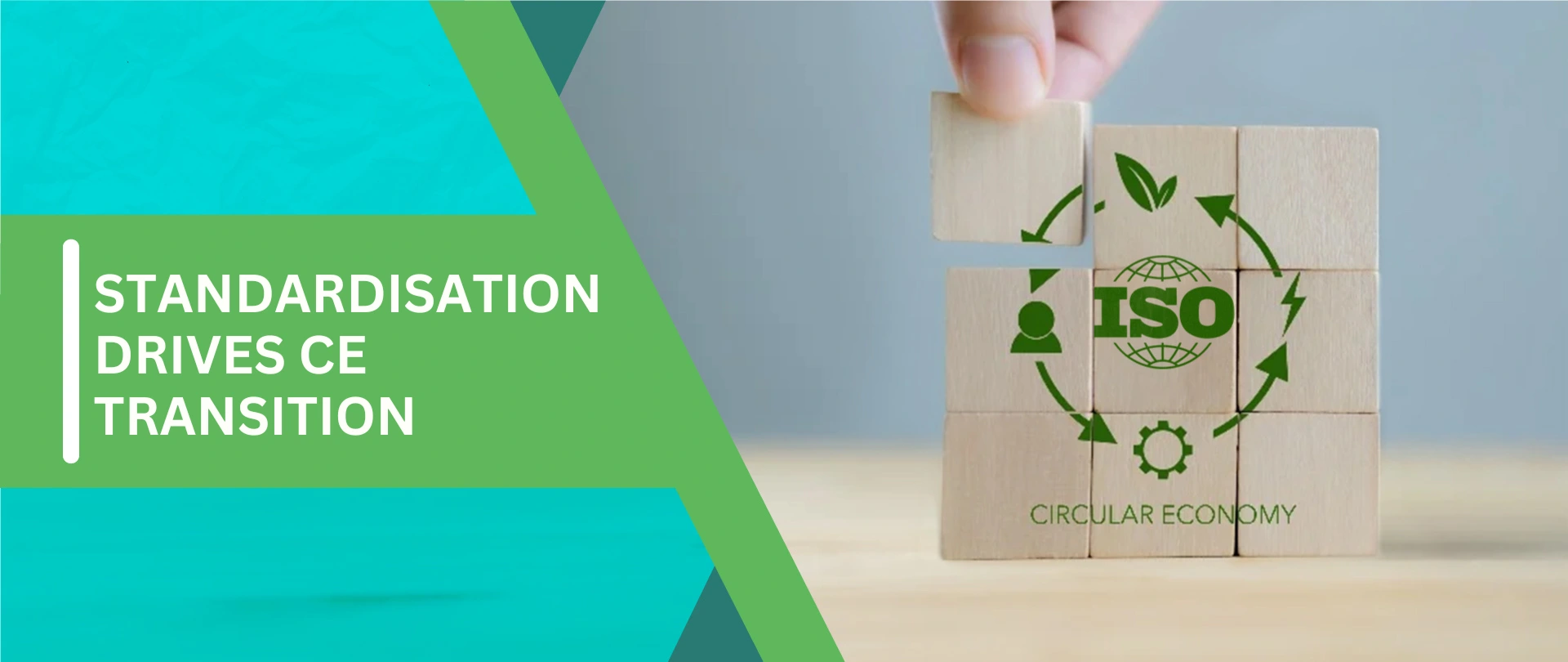







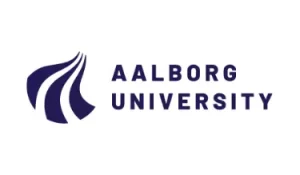





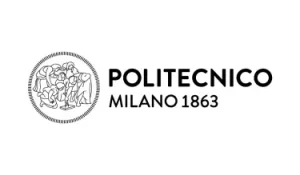














































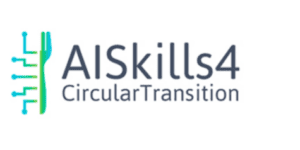
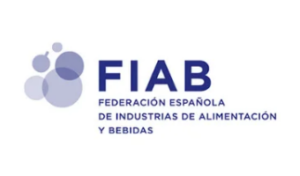



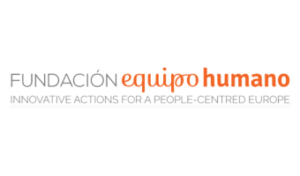









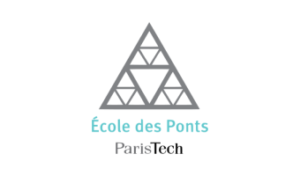
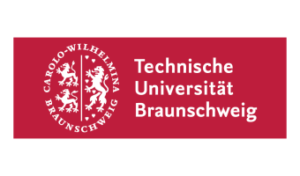



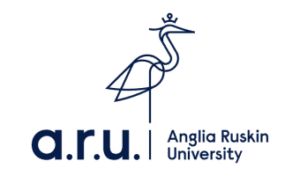
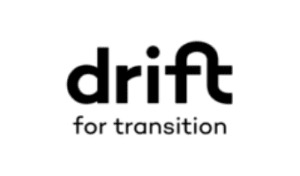

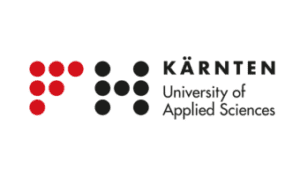

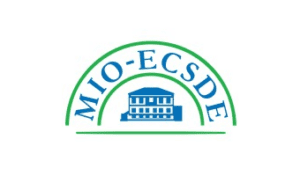

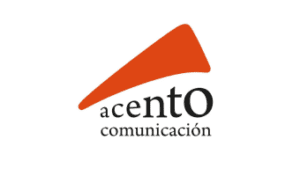
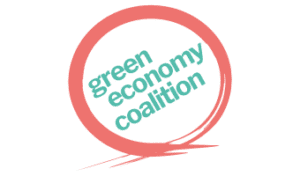

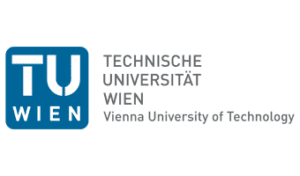









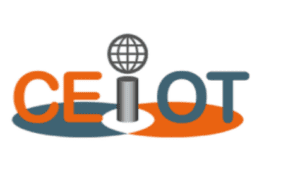
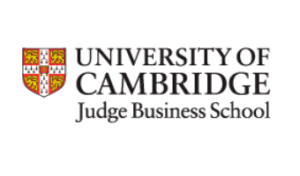



0 Comments